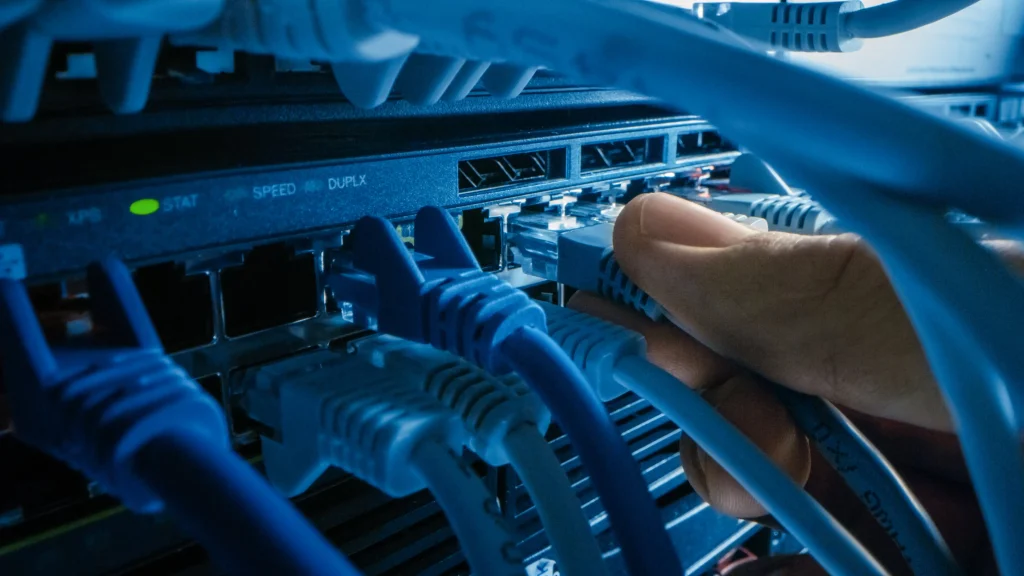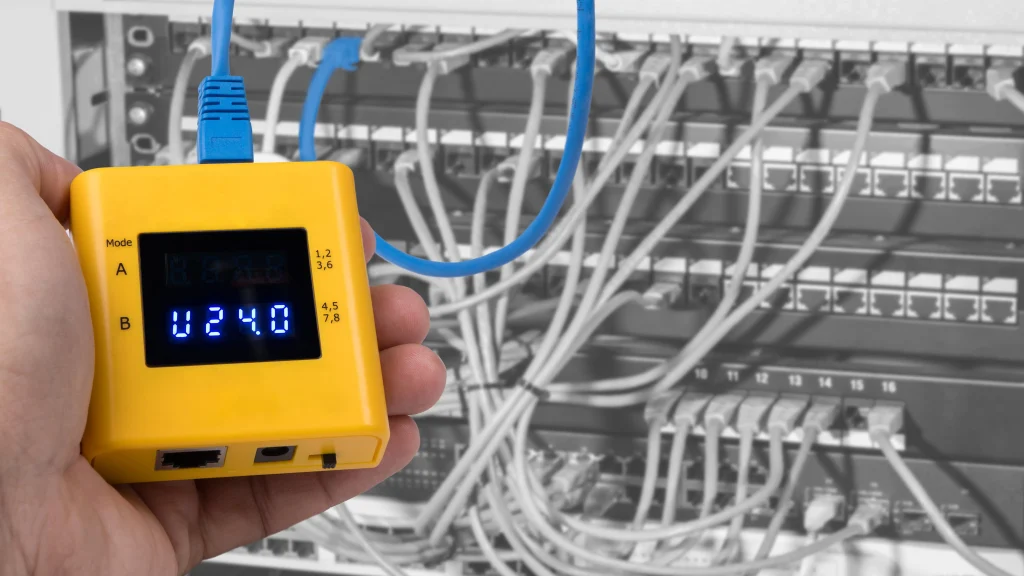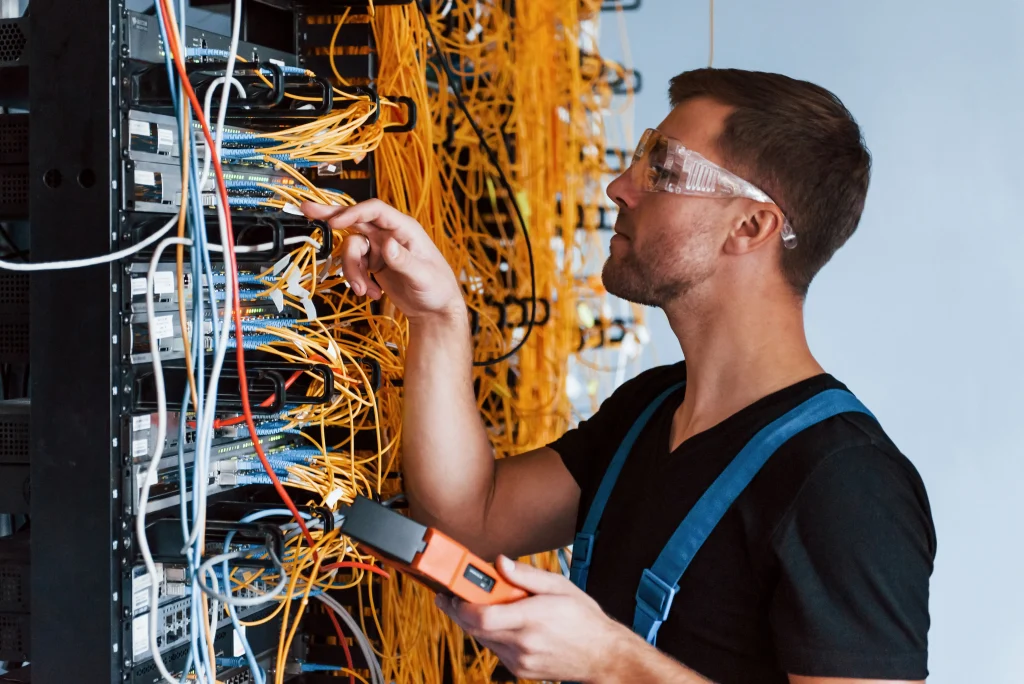Powering network devices efficiently is a challenge that IT professionals face every day. Whether managing security cameras, access points, or smart building technology, selecting the correct PoE standard can mean the difference between a seamless operation and a network struggling to keep up. PoE, PoE+, and PoE++ offer different power levels, but choosing the wrong standard can result in underperforming equipment or spending more than necessary.

Global IT provides the expertise to ensure your infrastructure meets current demands while staying ready for the future. This guide breaks down the differences between PoE standards and helps you make the right decision for your setup.

Power over Ethernet (PoE) simplifies network installations by delivering power and data through a single cable. This method eliminates separate power supplies, making setups cleaner and more efficient. However, different PoE standards provide varying levels of power. Selecting the wrong one can lead to underperforming devices or unnecessary expenses.
This guide explains the differences between PoE, PoE+, and PoE++ and provides a straightforward approach to choosing the right one for your needs.
PoE allows network cables to carry electrical power alongside data. The IEEE 802.3af standard introduced this capability, providing up to 15.4W per port. It works well for devices with low power needs, such as basic security cameras and VoIP phones.
As network technology advanced, certain devices required additional power. The IEEE 802.3at standard, known as PoE+, increased power delivery to 30W per port. This supports more advanced hardware like pan-tilt-zoom (PTZ) cameras and dual-band wireless access points.
Smart buildings, industrial systems, and large-scale deployments often require PoE++ (IEEE 802.3bt). This standard offers up to 100W per port, divided into two categories:
Supplies
per port
Delivers
per port
Connecting high-power devices to a PoE-only switch can result in poor performance or device failure. Always check wattage requirements before installation.
While PoE++ supports the most power-hungry devices, most setups do not require that level of power. If your network consists of VoIP phones and basic security cameras, PoE+ may be a better investment.
Networks grow over time. Installing PoE+ today may prevent unnecessary hardware replacements in the future. If expansion is likely, consider selecting a PoE++ switch now.
Understanding the differences between PoE, PoE+, and PoE++ is key to selecting the right standard for your network. The table below highlights key specifications and use cases for each:

802.3af
802.3at
802.3bt
802.3bt
15.4W
30W
60W
100W
Basic VoIP phones, simple security cameras, standard access points
HD security cameras, video conferencing phones, stronger access points
PTZ cameras, high-power access points, smart lighting systems
Smart displays, industrial automation, digital signage
Small office setups, basic networking
Expanding networks, mid-sized offices
Large businesses, IoT deployments
Large-scale networks, smart buildings
Use this step-by-step approach to determine the best PoE standard for your network:

Integrating Power over Ethernet (PoE) standards effectively requires a solid wireless infrastructure. A well-engineered Wi-Fi network ensures seamless connectivity, high uptime, and optimal performance for devices relying on PoE, PoE+, and PoE++.
At Global IT, our certified engineers design and implement customized Wi-Fi solutions for industries including hospitality, warehousing, amusement parks, and high-end residential properties. Our end-to-end service includes hardware selection, procurement, cabling, configuration, and testing, ensuring reliable connectivity for all networked devices.
Aligning PoE implementation with a resilient wireless network maximizes efficiency, reduces downtime, and supports the demands of modern communication environments. Global IT provides the expertise to create a network supporting long-term growth and adaptability.
VoIP Phones and Basic Security Cameras: PoE is sufficient.
4K Security Cameras and Wireless Access Points: PoE+ is recommended.
Smart Displays, Industrial IoT Devices, and Large Networks: PoE++ provides the necessary power.
Choosing the right PoE standard keeps devices powered without unnecessary spending. If your network includes basic equipment, PoE is a reliable option. When working with higher-power devices, PoE+ is the better fit. Large-scale networks and high-power hardware benefit from PoE++ for long-term efficiency.
Global IT specializes in enterprise networking solutions, ensuring businesses have the right technology in place. Need guidance on selecting the right PoE setup? Contact us today to speak with our experts.
Contact the wireless networking team at Global IT to discuss your system.
